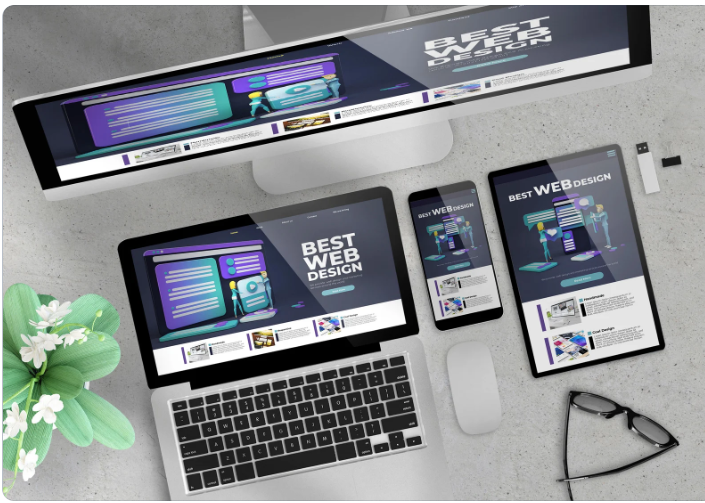In today’s fast-paced digital landscape, a user-friendly website is not just a luxury—it’s a necessity. Whether you’re a small business owner, a blogger, or an e-commerce giant, your website’s usability directly impacts your success. Let’s dive into the essential features that make a website truly user-friendly.
1. Mobile Compatibility and Accessibility
Mobile-first is the mantra of modern web design. With more users accessing websites via their smartphones and tablets, having a mobile-optimized site is critical. Here’s what you need to consider:
- Responsive Design: Ensure your website adapts seamlessly to different screen sizes. Test it rigorously on various devices.
- Fast Loading: Mobile users are impatient. Aim for lightning-fast loading times—ideally within 4 to 6 seconds.
- Touch-Friendly Elements: Buttons, links, and forms should be easy to tap with a finger.
2. Well-Planned Architecture
Think of your website as a well-organized library. Users should find what they need without getting lost. Consider these tips:
- Clear Navigation: Limit menu items to the essentials. Use drop-down menus for large sites.
- Logical Hierarchy: Arrange content logically. Main categories, subcategories, and pages should flow naturally.
- Search Functionality: Implement an efficient search feature to help users find specific information.
3. Well-Formatted Content
Content readability matters. Users scan before they read. Make your content visually appealing:
- Headings and Subheadings: Break up long text with descriptive headings.
- Bullet Points and Lists: Summarize key points concisely.
- Whitespace: Give content room to breathe—avoid clutter.
4. Fast Loading Times
Slow websites frustrate users and harm your SEO. Here’s how to speed things up:
- Optimize Images: Compress images without sacrificing quality.
- Minimize HTTP Requests: Reduce the number of external resources (scripts, stylesheets) your site loads.
- Cache Content: Leverage browser caching to improve load times for returning visitors.
5. Streamlined Navigation
Imagine your website as a well-designed subway map. Users should reach their destination without confusion:
- Intuitive Menus: Keep menu items concise. Use descriptive labels.
- Breadcrumbs: Show users where they are within the site hierarchy.
- Call-to-Action Buttons: Guide users toward desired actions (e.g., “Sign Up,” “Learn More”).
6. Effective Template
Your website’s design reflects your brand identity. Consider the following:
- Consistent Branding: Use your logo, colors, and fonts consistently.
- Visual Appeal: Balance aesthetics with functionality.
- Mission Statement: Clearly convey your purpose.
7. Usable Forms
Forms are gateways to user interaction. Optimize them:
- Contact Forms: Keep them simple. Ask for essential information only.
- Error Handling: Provide clear error messages.
- Security: Ensure data privacy and encryption.
Remember, a user-friendly website isn’t a one-time project. Regularly assess and improve based on user feedback and analytics. Your website is your digital storefront—make it inviting, efficient, and memorable.


Recent Comments